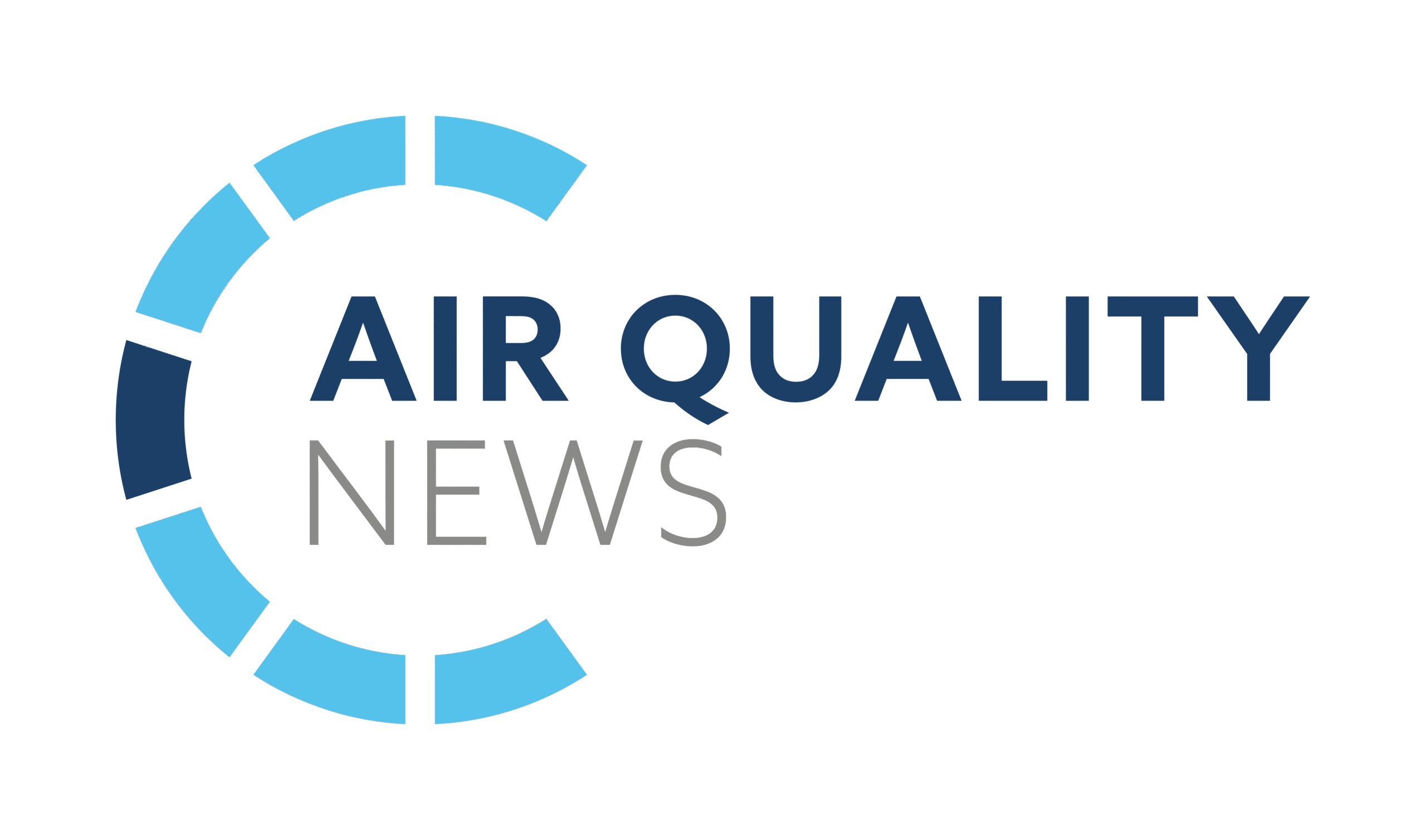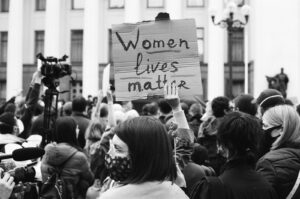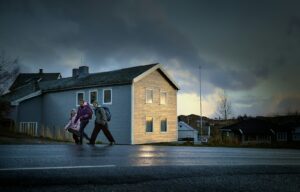There are currently 165,000 vacant posts within adult social care in England, suggesting care home residents are not receiving the best care possible. Rachelle Mills, Director of Partnerships & Innovation at KareInn, says making better use of the data care homes produce would help boost residents experience and quality of care.
Picture the scene, unfortunately it’s a familiar one to those working within the care sector…
At the end of their day, a care assistant bids goodnight to residents and quickly writes up the shift notes in a key handover document to help the night care staff who are about to begin their shift. The likelihood is that staff have been working for 12 hours and are on their third or fourth day in a row, meaning they’re tired and their handwriting may not be up to its best standard.
During the night, one resident becomes agitated and the night care assistant, who is new, struggles to calm them down and understand their needs. The lever arch folder is stowed away in the admin office, and whilst it’s easy to see the last interaction, digging further to find clues as to why or how this agitation may be happening is not feasible.
Unable to obtain sufficient access to a resident’s needs, the night assistant is left to construct their own handover notes which will be passed onto the care staff that take over the next morning – from a paperwork point of view a coherent pattern is not evident. Thus, the useless and uninformative cycle continues.
Half the care sector still operates using pen and paper, and 30% of care homes are still hanging on to an entirely paper-based resident care record system – it could be so much more useful if the systems used were more fit for the purpose of collecting information and the repurposing of it to improve the sector.
Treating resident records as a legacy
This legacy of information, for just one team member, could be years long and contain observations noted from caring for hundreds of people. When residents leave care, or pass away, the capture of experiences of their emotional and physical needs doesn’t just have to be a record of the care they have received. The information can be structured into data and then used for predicative analysis or insight – it’s a gift for the future care of others, and that’s the legacy we must leave behind.
Data is simply information that has been translated into a form that is efficient for movement or processing. In the social care sector specifically, the information is the input we are already gathering for our residents, it might be MUST assessments, accident and incident forms, or how someone has slept, all captured on paper forms during and at the end of the shift. The problem with paper is it’s hard to draw correlations and spot insights for one resident, let alone across hundreds of thousands of people, which is the volume needed for things like artificial intelligence (AI) and machine learning to work.
Once this information is in a more efficient form for processing, we can use tools such as data analysis, which deal with huge volumes of data, to draw insights and yield learnings.
Proceeding positively away from paper-based records
As part of its Better Care Fund (BCF) policy framework, the government has allocated £100m to accelerate digitisation in social care, £50m to improve data, as well as £35m for the creation of an innovation and improvement unit.
This investment is vital because it encourages the move away from paper-based resident care record systems. Regardless of whether it’s a storeroom of lever arch files or a cloud system of care records, care assistants and their residents are continuing to generate data, and it could be so much more impactful data if the systems used were more fit for purpose.
We can’t change the fact that the paper records of the last few generations of care home residents are mostly inaccessible to researchers and scientists, but we can proceed positively and change the modern legacy of residential care.
Giving care homes the visibility they need
If we recorded data effectively, the scene of the care assistant we looked at earlier would be very different. When they say goodnight to residents, they take out their phone and record into a dedicated app, noting that one client was agitated because she was missing her pet, and that there’s a photo of him that helps her stay calm. This information is there for the night shift team, so that they can comfort the woman when she wakes up feeling upset.
Another example includes a care assistant informing their colleagues that another resident has a reduced appetite, again, adding the notes to their personal care record on the app. This then becomes a measurable data point against all the other times that meals have been declined.
When care staff filter and sort this information, a trend could emerge, which will then help them action the appropriate care. It’s much harder to spot a pattern if its spread over lots of separate sheets of paper but with the right platform in place, it can aggregate the data, providing actionable insight.
ICS funding is available to support the wider adoption of digital social care records (DSCR) across England and to ensure data is recorded at the point of care and can be shared between care settings.
Now is the time to create and capture better data and create a modern legacy that changes the future shape of residential care. We can be the generation that does not miss the opportunity to better utilise information, we can transform it and yield the benefits for the future.
Images: Georg Arthur Pflueger and Alexander Sinn















Leave a Reply